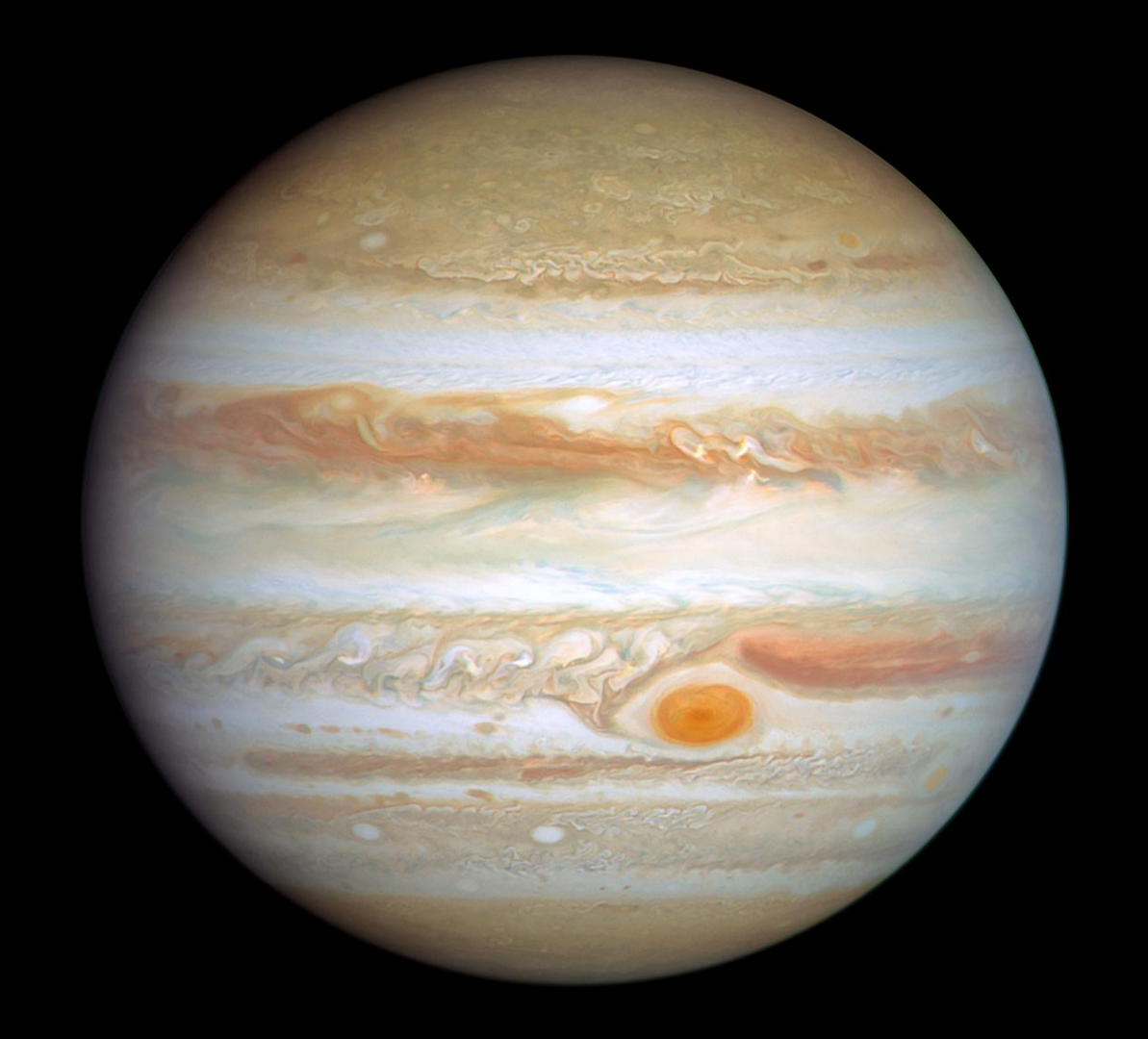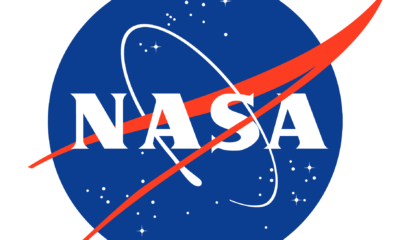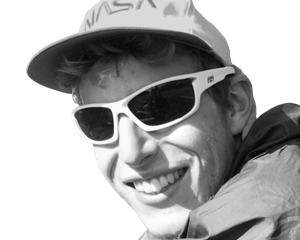Science
New Study Challenges Jupiter’s Giant Impact Formation Theory

Recent research has brought forward unexpected insights regarding the formation of Jupiter’s core, challenging long-held theories about its origins. A study led by scientists from Durham University, in collaboration with NASA, the SETI Institute, and the University of Oslo, indicates that Jupiter’s core may not have formed through a catastrophic impact as previously thought, but rather through a more gradual process over billions of years.
Unexpected Findings from Computer Simulations
The research team utilized the DiRAC COSMA supercomputer to conduct detailed simulations of how giant impacts would affect a planet similar in size to Jupiter. Their results, published in the Monthly Notices of the Royal Astronomical Society, revealed that none of the simulated scenarios resulted in a stable, dilute core akin to what is observed on Jupiter. Instead, the models indicated that any dense material would quickly settle, creating a distinct boundary between the core and the outer hydrogen layers.
This finding contradicts the previously popular theory that a massive object collided with Jupiter in its formative years, mixing the heavy core materials with lighter gases. The traditional view posited that such a violent impact would lead to the fuzzy core structure observed today. Dr. Luis Teodoro from the University of Oslo emphasized that the resemblance of Jupiter’s core to that of Saturn supports the notion that dilute cores are a product of gradual accumulation rather than rare, high-energy impacts.
Implications for Planetary Science
These insights carry significant implications for our understanding of planetary formation, not only within our Solar System but also in distant star systems. The research suggests that many exoplanets similar in size to Jupiter and Saturn may also possess complex internal structures shaped by gradual processes rather than singular, dramatic events.
As astronomers continue to explore the cosmos, the complexities of Jupiter’s core serve as a reminder of the mysteries that still await discovery. The evolving understanding of planetary formation highlights the importance of ongoing research and collaboration among scientists worldwide.
This study sheds light on the intricate processes that have shaped our Solar System and suggests that the universe is filled with surprises yet to be uncovered.
-

 Technology5 months ago
Technology5 months agoDiscover the Top 10 Calorie Counting Apps of 2025
-

 Technology3 weeks ago
Technology3 weeks agoOpenAI to Implement Age Verification for ChatGPT by December 2025
-

 Health3 months ago
Health3 months agoBella Hadid Shares Health Update After Treatment for Lyme Disease
-

 Health3 months ago
Health3 months agoAnalysts Project Stronger Growth for Apple’s iPhone 17 Lineup
-

 Health3 months ago
Health3 months agoErin Bates Shares Recovery Update Following Sepsis Complications
-

 Technology5 months ago
Technology5 months agoDiscover How to Reverse Image Search Using ChatGPT Effortlessly
-

 Technology3 months ago
Technology3 months agoElectric Moto Influencer Surronster Arrested in Tijuana
-

 Technology2 months ago
Technology2 months agoDiscover 2025’s Top GPUs for Exceptional 4K Gaming Performance
-

 Technology5 months ago
Technology5 months agoMeta Initiates $60B AI Data Center Expansion, Starting in Ohio
-

 Technology5 months ago
Technology5 months agoRecovering a Suspended TikTok Account: A Step-by-Step Guide
-

 Health5 months ago
Health5 months agoTested: Rab Firewall Mountain Jacket Survives Harsh Conditions
-

 Lifestyle5 months ago
Lifestyle5 months agoBelton Family Reunites After Daughter Survives Hill Country Floods





















